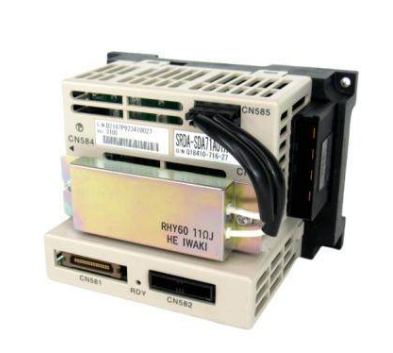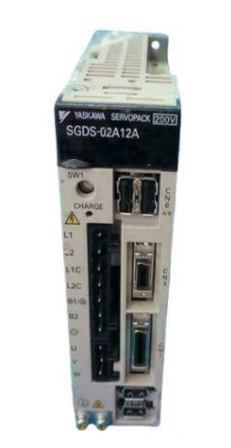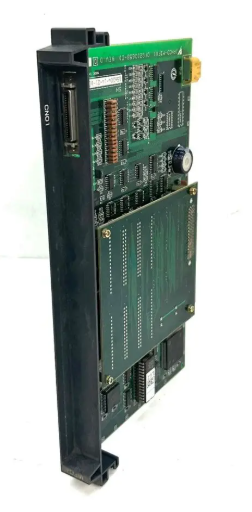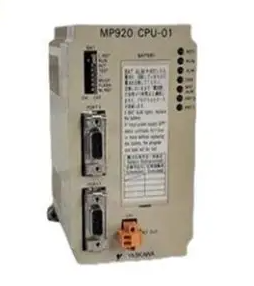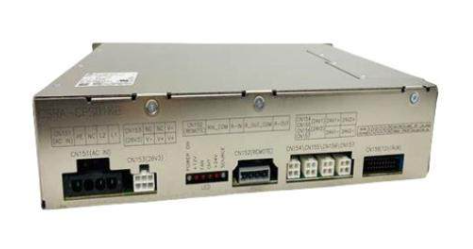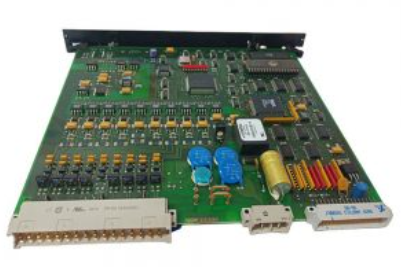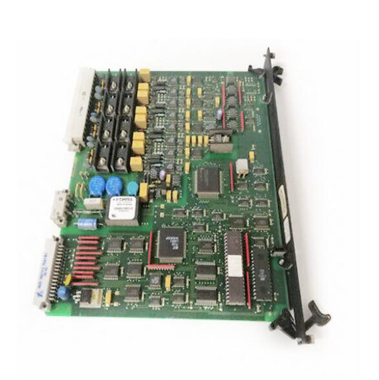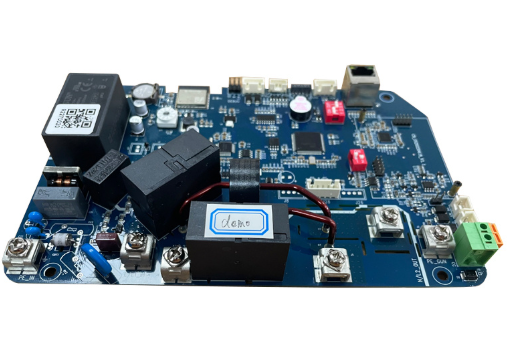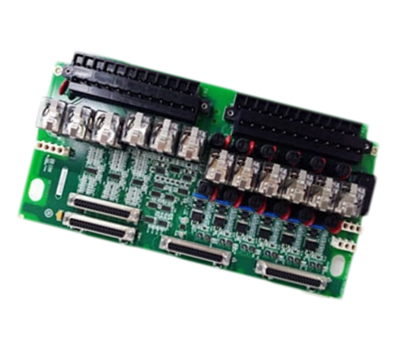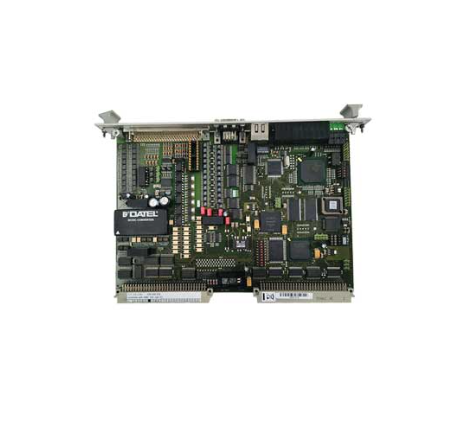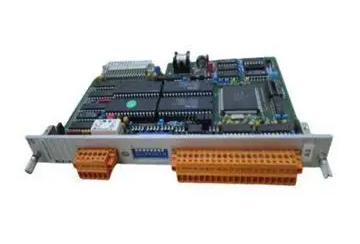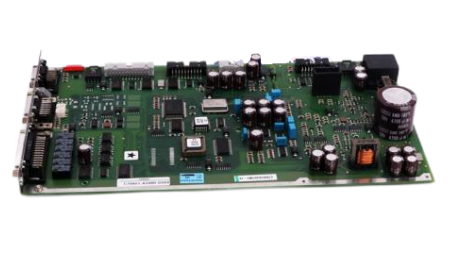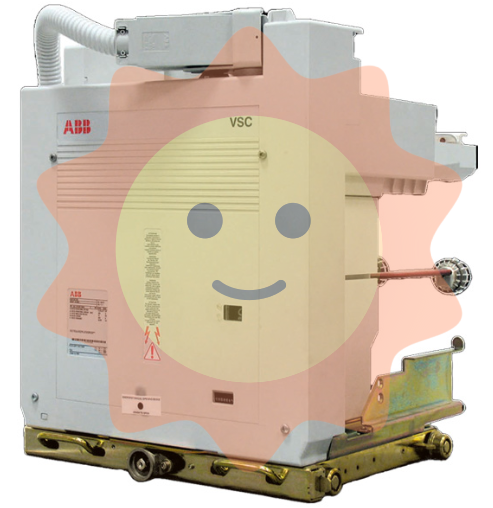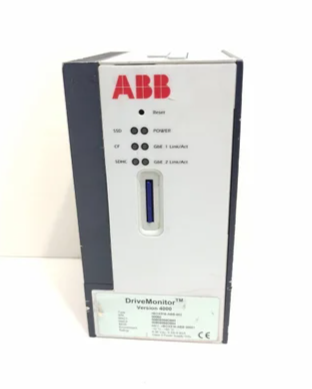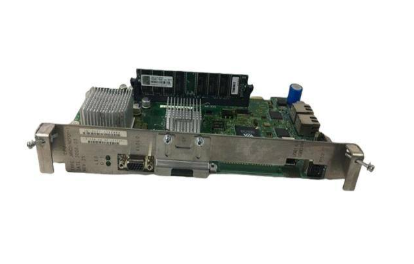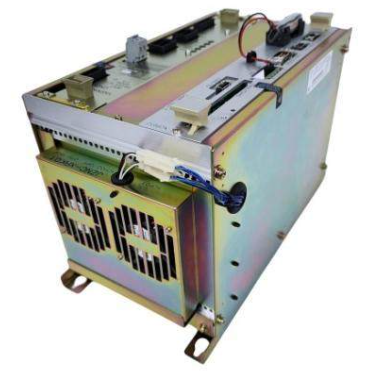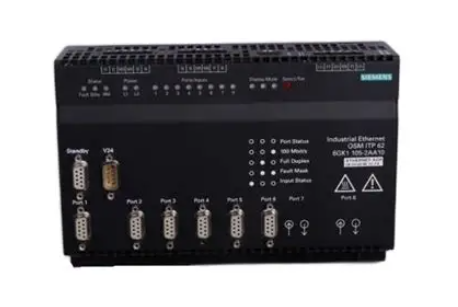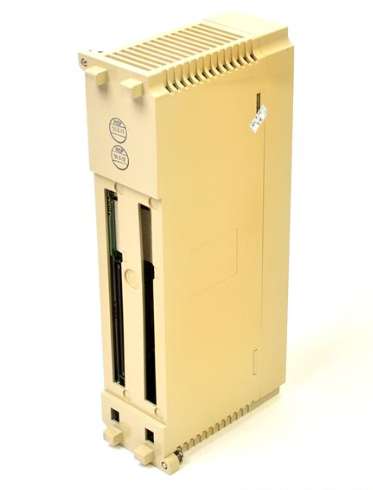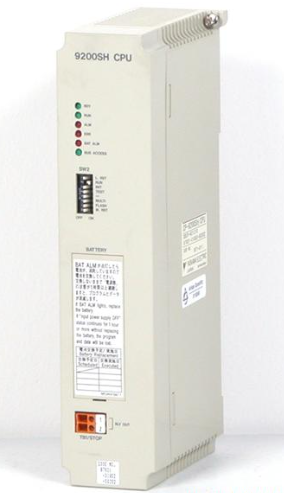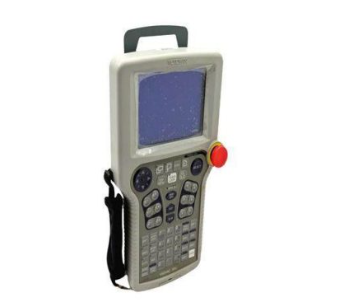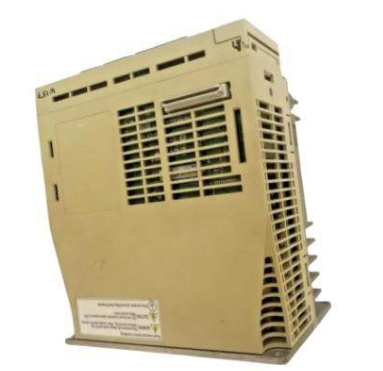What are the steps of sewage treatment in the plant?
Generally speaking, we basically divide the treatment process into four major stages: pre-treatment, biological treatment, advanced treatment and sludge treatment. First of all, the core of modern sewage treatment is basically based on microbial (bacterial) treatment as the core, and the biotechnology of cultivating microorganisms to eat pollutants is the most efficient, lowest operating cost, and most green sewage treatment technology in all current treatment methods.

1. Pretreatment. Pretreatment is basically for the microbial (bacterial) treatment service (except for a small part of the sewage that does not use microbial treatment). Since it is a microorganism, then it must have some basic conditions, the more in line with its survival conditions, the stronger it will grow, and the better the sewage treatment. For example, temperature, most microorganisms grow best at 30-35 degrees, ph is best at 6-8, and there can be no inhibiting or toxic substances, and pollutants are best to be easy to eat, such as similar to fruit, not like plastic. And the amount of water should not be high or low for a while, so as to avoid microbial death while starving to death and so on. So the pretreatment mainly has the following means: grille: grille is a kind of water contains relatively large debris such as cloth strips, paper and other things out, to avoid affecting the operation of the pump behind. Regulating pool: Factory operation is often drained for a while, drained for a while, drained for a while, drained for a while, drained for a while. The fluctuation is large, but the subsequent processing is best to be more even. The regulating pool is a reservoir, and the water of each workshop and different periods is first concentrated in a pool. The pool is usually mixed with a stirring method, such as aeration or mechanical mixing, to make the water mix evenly. If the acid base is not between 6-9 after mixing, it is often necessary to add acid or base to adjust. Temperature regulation equipment: The purpose is to adjust the temperature to the range of microorganisms can withstand. Usually a cooling tower or a heater. If your temperature is within the range, you can skip this section. Dosing pretreatment. If there are too many suspended substances in the water, or the content of pollutants is high, in order to reduce the pressure of microbial treatment, chemical agents are generally added to reduce some pollutants and suspended substances. The equipment equipped here is generally an air float or a dosing sedimentation tank. Detoxification and chain breaking treatment. This treatment section is generally used in chemical, pharmaceutical and other high concentration, difficult to degrade, toxic and other sewage treatment. General methods include iron carbon, Fenton, electrocatalysis and so on. Through these means, the content of pollutants can often be greatly reduced, and some of the things that the microorganisms cannot bite can be cut into something good to the mouth, and the toxic substances can be converted into non-toxic or low-toxic substances.

2. Microbial treatment section. This section is simply a number of tanks or tanks where microorganisms are cultured to eat pollutants, which are divided into anaerobic and aerobic sections. The anaerobic section, as the name suggests, is the process section that eats contaminants by cultivating anaerobic microorganisms. An important feature of this section is to try to keep the water from dissolving with oxygen. Through the anaerobic stage, a large portion of the pollutants can be eaten, and, amazingly, some of the pollutants that the aerobic organisms cannot bite can be cut into smaller portions that are easier to eat, and valuable by-products such as biogas can be produced. The aerobic section is the culture section of microorganisms that must have oxygen to survive. The equipment that must be equipped with this section is an oxygen system, which pumps oxygen into the water for the microorganisms to breathe. This section only gives enough oxygen, the temperature is controlled well, the pH is controlled well, the microorganisms can madly eat the pollutants, the pollutant concentration is greatly reduced, and the cost you consume is basically only the electricity cost of the oxygen blower, is it not quite cost-effective? Of course, microorganisms will continue to multiply and die, and in general, they will multiply faster, and the dead bodies of aerobic microorganisms and some bacteria will combine to form activated sludge. The discharge water contains a lot of activated sludge, it must be left with water, activated sludge, that is, most of the microorganisms are recovered, into the aerobic tank, and a small part is discharged to dry the water.
3. Deep processing. After microbial treatment, the concentration of pollutants in the water is not high or very low, but there may be some indicators exceeding the standard, such as cod, ammonia nitrogen, chroma, heavy metals, etc., at this time for different excessive pollutants, further treatment is needed. Generally there are air flotation, physicochemical dosing precipitation, Fenton, adsorption and other means.
4. Sludge treatment system. Basically, chemical and biological methods will produce a lot of sludge, and this part of the sludge has a very high moisture content, almost 99% of the water, so that most of the water must be removed. At this time, it is necessary to use dehydrators, basically to belt machines, plate and frame machines, centrifuges, and screw folding machines, to treat the water in the sludge to about 50%-80%, and then transported to landfill sites, power plants, brick factories and other places.
- EMERSON
- Honeywell
- CTI
- Rolls-Royce
- General Electric
- Woodward
- Yaskawa
- xYCOM
- Motorola
- Siemens
- Rockwell
- ABB
- B&R
- HIMA
- Construction site
- electricity
- Automobile market
- PLC
- DCS
- Motor drivers
- VSD
- Implications
- cement
- CO2
- CEM
- methane
- Artificial intelligence
- Titanic
- Solar energy
- Hydrogen fuel cell
- Hydrogen and fuel cells
- Hydrogen and oxygen fuel cells
- tyre
- Chemical fiber
- dynamo
- corpuscle
- Pulp and paper
- printing
- fossil
- FANUC
- Food and beverage
- Life science
- Sewage treatment
- Personal care
- electricity
- boats
- infrastructure
- Automobile industry
- metallurgy
- Nuclear power generation
- Geothermal power generation
- Water and wastewater
- Infrastructure construction
- Mine hazard
- steel
- papermaking
- Natural gas industry
- Infrastructure construction
- Power and energy
- Rubber and plastic
- Renewable energy
- pharmacy
- mining
- Plastic industry
- Schneider
- Kongsberg
- NI
- Wind energy
- International petroleum
- International new energy network
- gas
- WATLOW
- ProSoft
- SEW
- wind
- ADVANCED
- Reliance
- YOKOGAWA
- TRICONEX
- FOXBORO
- METSO
- MAN
- Advantest
- ADVANCED
- ALSTOM
- Control Wave
- AB
- AMAT
- STUDER
- KONGSBERG
- MOTOROLA
- DANAHER MOTION
- Bently
- Galil
- EATON
- MOLEX
- Triconex
- DEIF
- B&W
- ZYGO
- Aerotech
- DANFOSS
- KOLLMORGEN
- Beijer
- Endress+Hauser
- MOOG
- KB
- Moxa
- Rexroth
- YAMAHA
- Johnson
- Westinghouse
- WAGO
- TOSHIBA
- TEKTRONIX
- BENDER
- BMCM
- SMC


Email:wang@kongjiangauto.com


